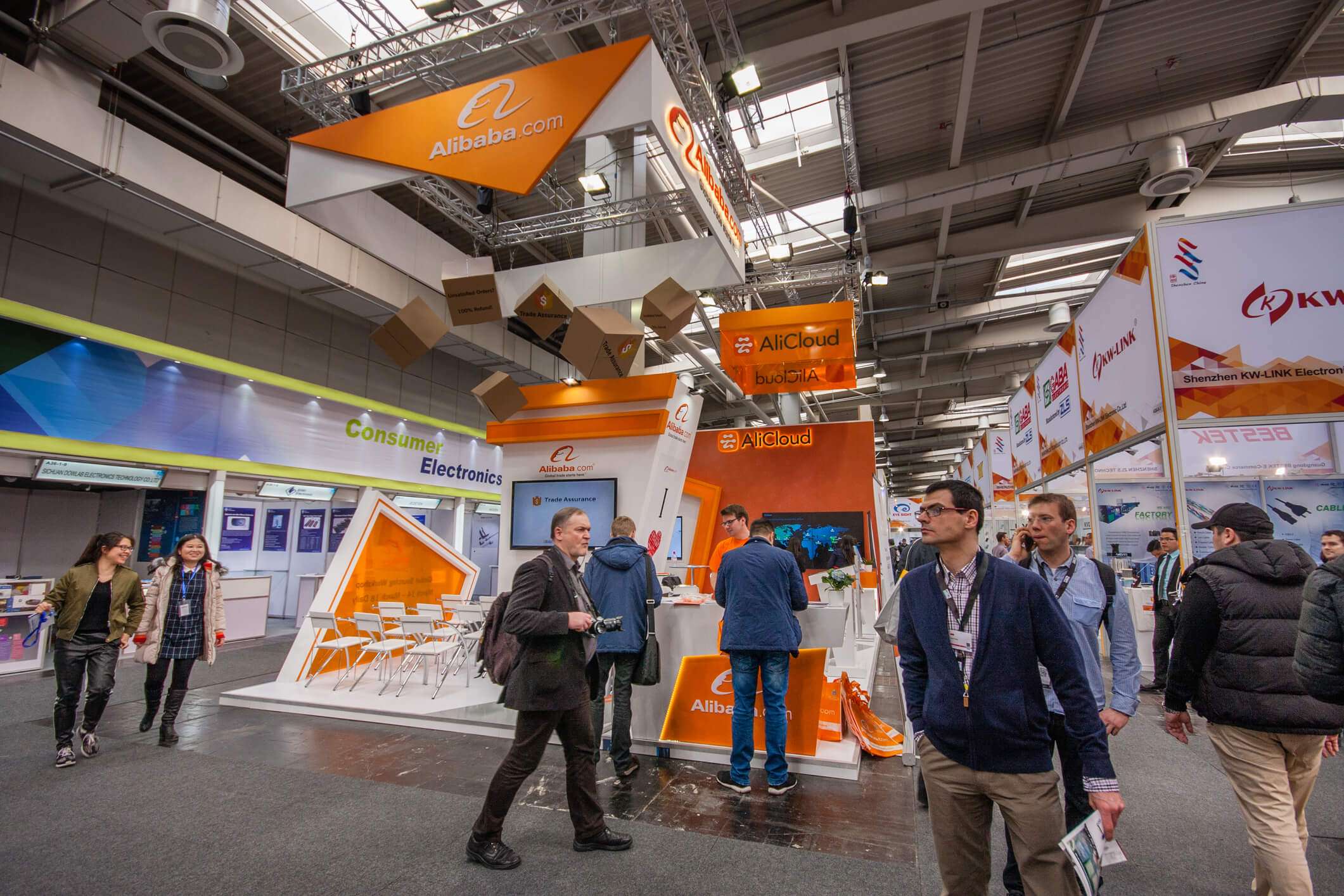5 Ways to Become an Eco-Friendly City
Urban living has become the standard way of life for many countries. Due to vertical housing, cities are some of the most populated areas in the world. The carbon footprint of cities is extremely high because of their population. In response to the climate emergency, cities have recently started to become more eco-friendly and countries such as Singapore are already leading the way.
According to GetSmarter’s global survey, Sustainability: The Meaning, Changing Perceptions, and Expanding Agendas, shows that 66% of respondents say that individuals, private companies, and the public sector need to work together for success in sustainability. To create a more eco-friendly city, we will have to work on reducing their carbon emissions. Here are five major steps they can take to achieve this:
Support Recycling and Urban Farming
One of the major problems plaguing the urban areas today is food wastage. This is a major issue because decomposing food in landfills contributes about 3 billion tons of greenhouse gases each year. In addition, most of the foods eaten in the cities must be imported. The shipping industry is another major contributor to greenhouse gas emissions.
By supporting urban farming, cities can recycle waste and sustainably produce food for its residents. These include vertical farming and dedicated land spaces. Not only will the city be responsible for providing its own food, but the food that would ordinarily go to landfills can now help to fertilize plants.
Switch to Alternative Energy Sources
Most major cities are currently powered by nuclear energy, which means most of their energy comes from carbon plants. They can correct this by finding alternative sources of energy. These include hydro, wind, and solar energy.
Solar energy has become the most popular way to produce energy recently due to the abundance of sunlight. Solar panels have also come a long way in their development. They have been engineered to be more efficient at collecting sunlight and to be better integrated into modern architecture. Recent designs have seen a boom in glass solar panels, which can be used as windows for modern houses.
Support EV Charging
There has recently been a surge in electric vehicles on the market. For cities to be truly considered eco-friendly, they would need to cater to individuals that are a step ahead and abide by transportation solely by electricity. This requires that enough charging stations are set up and are accessible for EV owners.
Additionally, EV stations can use solar power. With this option, cities will have a two-in-one energy solution.
Be Pedestrian Friendly
A second strategy that cities can use to mitigate carbon emissions is by being more pedestrian-friendly. This means they promote walking to areas that are nearby and create optimal spaces to facilitate this. Not only will they have less traffic and congestion on their streets, but less exhaust from combustion vehicles means cleaner, fresher air. Cities can have nature trails, scenic pathways, and pedestrian-only streets.
Longer walking times can improve the overall health of the city’s residents.
Encourage Green Architecture
Green architecture involves the use of sustainable materials to construct buildings. It also means buildings that are designed to use less energy. This includes buildings that maximize natural airflow, light, and is naturally weather-resistant. This will go a long way in ensuring the building’s longevity, as well as limiting its dependence on external sources for energy.
The climate emergency has been a topic of concern for many years. The way that towns and cities are built can have a major impact on shaping the way the world works in the future.










